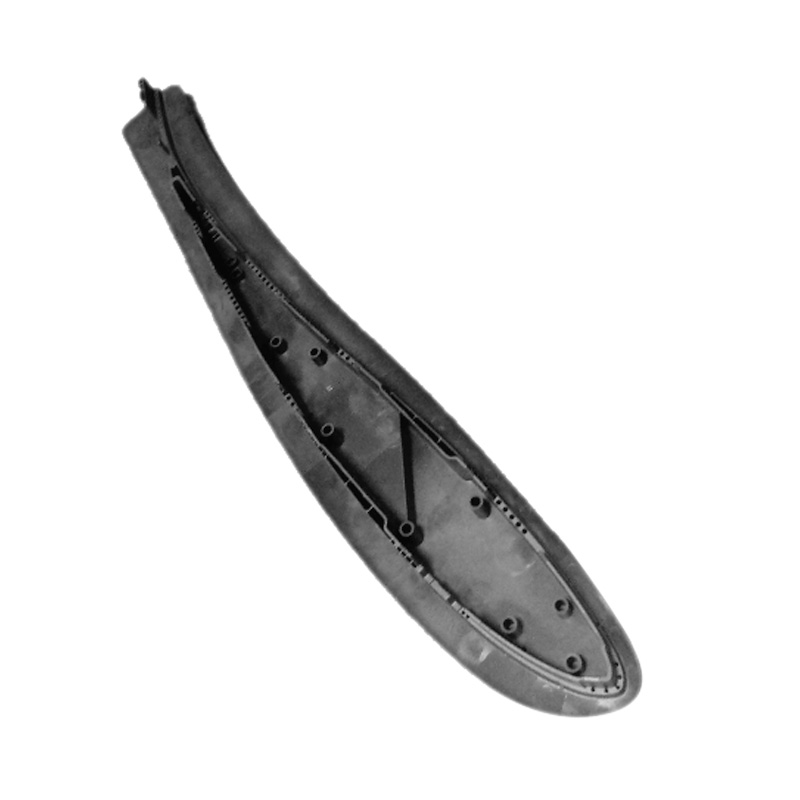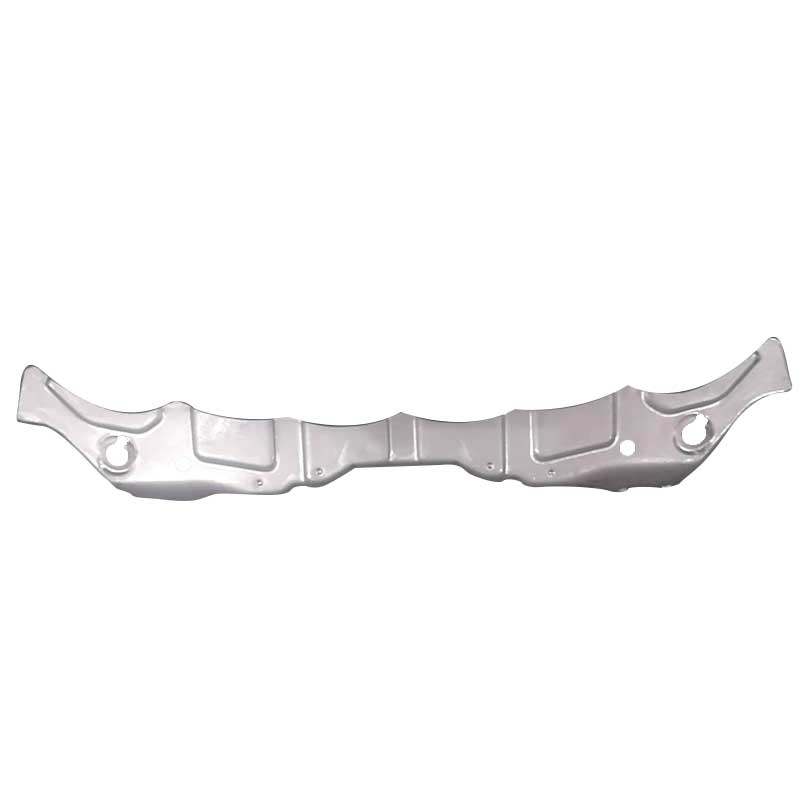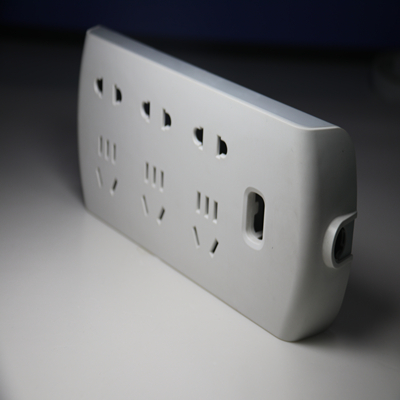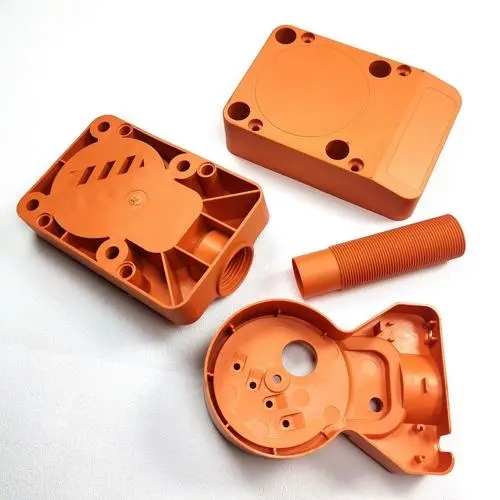Automobile Injection molding products
automotive plastic parts
Automotive production places increasing demands on plastic parts. The accelerated speed of automotive mold development and the continuous reduction of costs force automotive plastic parts manufacturers to continuously develop and adopt new production processes. The mold of an automotive plastic injection molding company is an important technology for producing automobiles.
Due to the unique characteristics of complex plastic parts for automobiles, the design of injection molds for automobile parts needs to fully consider the following factors: drying of the material, new requirements for glass fiber reinforced materials, driving form and mold clamping structure, etc.
First, when common resin materials such as car bumpers and dashboards are modified resins such as modified PP and modified ABS, the resin materials have different hygroscopic properties. Before the resin raw material enters the screw preform of the injection molding machine, it must be dried or dehumidified with hot air.
Second, the plastic parts currently used in automobiles are basically non-glass fiber reinforced plastic products. The materials and construction of injection molding machine screws used to mold non-fiberglass-reinforced plastic parts are significantly different compared to those using chopped fiberglass-reinforced resin. When performing automotive plastic injection molding, attention should be paid to the alloy material and special heat treatment process of the screw to ensure its corrosion resistance and strength.
Third, because automobile parts are different from conventional products, their cavity surfaces are very complex, with uneven stress and uneven stress distribution. Design needs to consider processing capabilities. The processing capacity of the injection molding machine is reflected in the clamping force and injection molding capacity. When an injection molding machine molds a product, the mold clamping force must be greater than the mold clamping force generated by the cavity pressure, otherwise the mold clamping surface will separate and produce flash.
In order to ensure reliable mold clamping, the mold clamping force during the injection molding process must be less than the rated mold clamping force of the injection molding machine. The maximum theoretical injection volume of the injection molding machine matches the tonnage of the injection molding machine.
If injection mold products are not carefully considered during the design process, many abnormalities will occur. So how to avoid these abnormalities?
1. The shape and wall thickness of the product should be considered, the material flow should be smooth, the cavity should be filled, and sharp corners and gaps should be avoided as much as possible.
2. The draft of the mold should be as large as possible on the basis of permission.
3. The cross-section of the pouring system should be large.
4. When setting up the feed port, consideration should be given to preventing insufficient filling and abnormal deformation.
5. The mold cavity has sufficient rigidity and strength.
6. The mold should be hard polished and wear-resistant steel should be used.
7. The ejection mechanism should be uniform and powerful to facilitate replacement.
In addition to the matters that need to be paid attention to in the design of the mold, our plastic injection molding suppliers also need to select machines that match the products, understand the characteristics of the product materials, and produce excellent products based on past good experience and the characteristics of the customer's products.
Categories
Blog
Contact Us
Contact: plastic injection molding Company
Phone: +86 181 6575 9852
Tel: +86 755-27164277
E-mail: windward@seaiint.com
Add: Northwest of Huihao Industrial Park, No. 1, Chuangwei Road, Guangming District, Shenzhen






